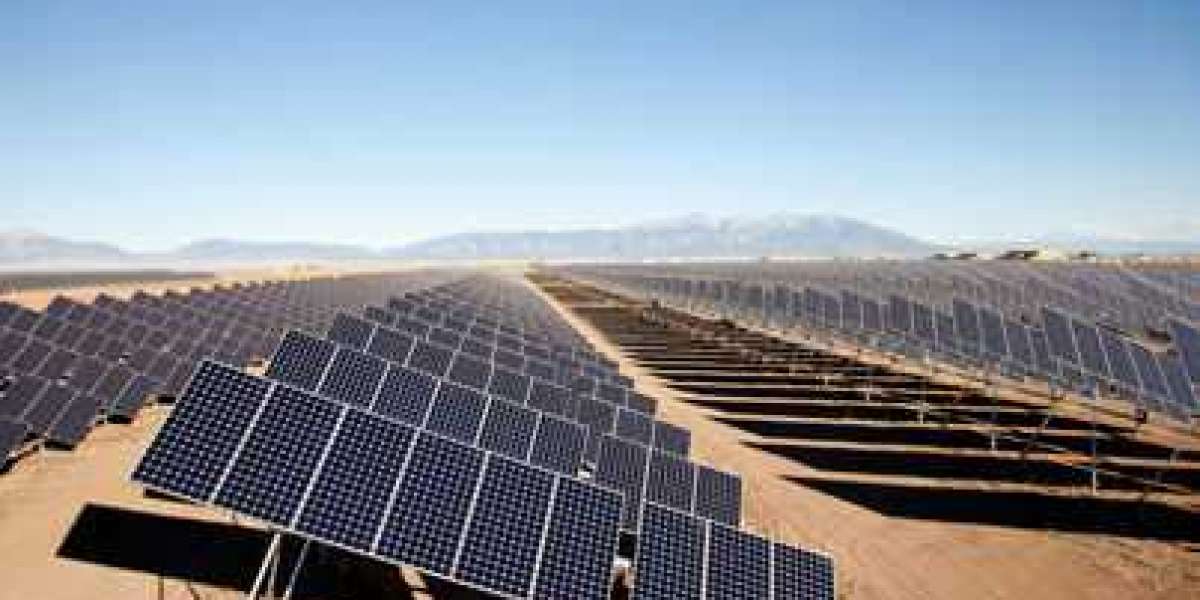Solar trackers let your solar panels follow the sun's path across the sky, like sunflowers, so they can generate more solar energy. However, solar tracking systems are also expensive.
Is the extra solar power worth the extra cost of a solar tracker? In most cases, it makes more sense to simply install more solar panels.
Below, we explain everything you need to know about solar trackers, from what types are available to whether they're a worthwhile investment.
What is a Solar Tracker?
A solar tracker is a device that follows the sun as it moves across the sky. When solar trackers are combined with solar panels, the panels can follow the path of the sun, generating more renewable energy for your use.
Solar trackers are often paired with ground-mounted solar systems, but more recently, roof-mounted trackers have also appeared on the market.
Typically, a solar tracking device will be attached to a mount on the solar panel. From there, the solar panels will be able to move as the sun moves.
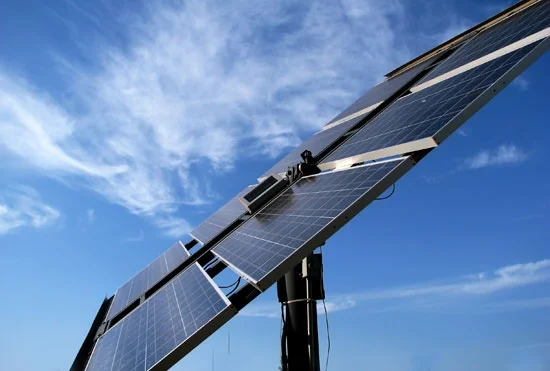
Types of Solar Tracking Systems
How a solar tracking system moves depends on the type of system it is. There are three types of sun tracking systems.
1. Manual Solar Tracker
Manual trackers require someone to physically adjust the panels at different times of the day to follow the sun as it changes. This is not always practical as you need someone to constantly monitor the sun and change the position of the solar panel system.
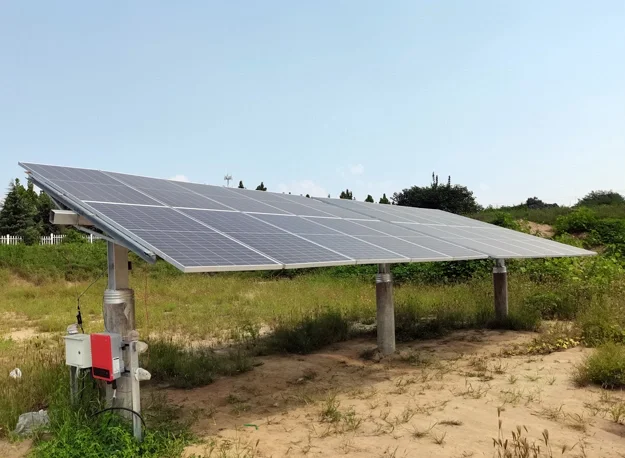
2. Passive solar trackers
Passive trackers contain a low-boiling liquid that evaporates when exposed to solar radiation. When the liquid evaporates, the tilt system becomes unbalanced. This imbalance causes the panels to tilt in the direction of the sun's rays.
3. Active Solar Tracker
Active trackers rely on electric motors or hydraulic cylinders to change position. Motors in the active tracker will move the photovoltaic panels so they face the sun. While this is more convenient than a manual tracker, the moving parts inside the motor can be easily damaged. This can lead to higher maintenance costs over the life of the system.
From here, solar trackers can be further classified according to their direction of movement:
Single Axis Solar Tracker
A single-axis tracker follows the sun's position as it moves from east to west. These are typically used for utility-scale projects. Single-axis trackers can increase yields by 25% to 35%.
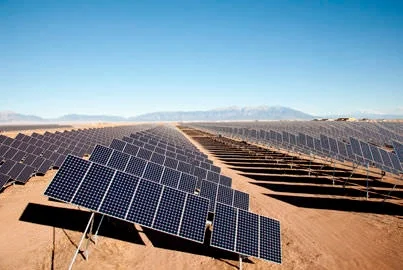
Dual Axis Solar Tracker
This tracker follows the sun not only as it moves from east to west, but also as it moves from north to south. Dual-axis trackers are more common in residential and small commercial solar projects where space is limited so they can produce enough power to meet energy demands.
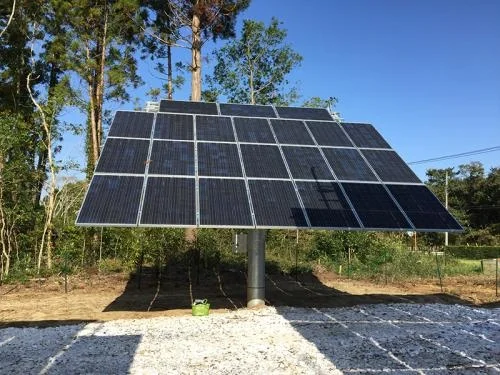
What are the pros and cons of using a solar tracker?
Just like anything else, there are pros and cons to solar trackers.
Advantages of Solar Trackers
Tracking systems provide greater levels of energy output than fixed solar arrays because they can follow the sun's movement.
Solar trackers are very beneficial in areas that use time-of-time electricity pricing. More energy will be able to be produced during peak hours, meaning you won't have to pay when grid energy is most expensive.
Disadvantages of Solar Trackers
Solar trackers are very expensive and can easily double the cost of the project.
Solar trackers are made of moving parts, which means they are more likely to break. This results in higher maintenance costs.
Deciding to install trackers may require additional site planning and preparation, including digging additional wiring trenches and additional site leveling.
Solar Panel Supplier - AES PV Technology
AES PV Technology Co., Ltd. is one of the earliest manufacturers for small solar panels and has been devoted to the production of solar panels and mounting structures from 2008. We are one of the pioneers for small solar panels and its solar applications. We mainly focus on 3W~365W solar panels and have been developing higher efficient 545W to 700W solar panels with HJT, Top con and Shingled technologies. If you want to know more about solar panels, please contact us - AES PV Technology Co., Ltd.
